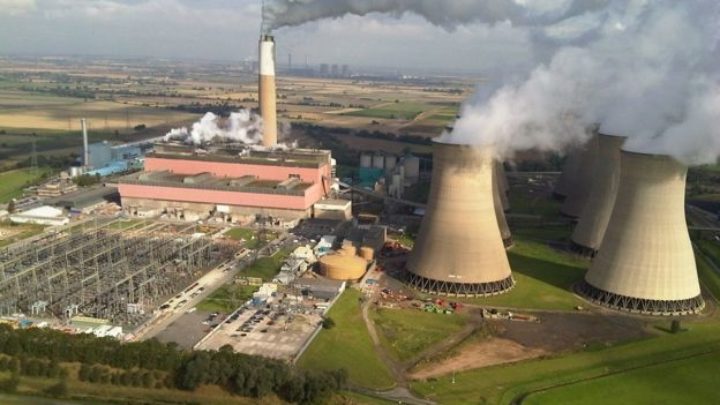Winter outlook, an outlook
A run-through on what we can expect from National Grid's forecast
By Jonny Marshall
Share
Last updated:
For many years, the release of National Grid’s Winter Outlook was a guaranteed headline-grabber. Warnings of falling capacity margins leading to a higher risk of the nation plunging into darkness was as pleasing to a newspaper editor as stories warning of bills shooting up.
Last year, however, the release was a non-story. Ample supplies of both electricity and gas allowed other parts of the system operator’s role to take the limelight. Namely that the winter of 18/19 was set to be the greenest on record, tracking both the falling carbon intensity of the electricity system, declining natural gas use at home and a slow edging-up of winter temperatures as the effects of climate change become ever-more apparent.
With the latest iteration of the document expected later this week, and the notion of Britain plunging into darkness fresh in minds following the August power cut, this blog will run through what we can expect to see.
Buffers
Last year’s electricity forecast saw an 11% buffer of supply over demand, while the gas outlook anticipated no threats to steady supply based on Britain’s links to multiple sources of the fossil fuel.

This year, it would be hard to imagine much different. Only one large power station has closed since last winter (EDF’s coal-fired Cottam unit), whereas two new huge offshore wind farms have connected to the grid. Reduced draw on British power stations from Belgium, whose two main power stations were out of action for most of last winter, will also boost margins.
Two more ageing coal power stations are also heading for retirement, with Aberthaw and Fiddler’s Ferry having announced that they will close at the end of March. Even with these clunking old generators offline, there will be little cause for concern.
Gas outlooks are also expected to run along similar lines to last year, with imports from Norway, mainland Europe and LNG from further afield readily available to top up the UK’s dwindling North Sea reserves.
No-deal Brexit advice released from the Government this week highlighted expectations that cross-border energy trading would continue along existing agreements, hopefully removing immediate concerns that the UK would be re-running events seen during 2018’s ‘Beast from the East’, when there were concerns about the country's gas supplies.
And although markets were spikier last year following the 2017 closure of Rough, the UK’s largest gas storage facility, short-term higher prices attracted LNG imports, ensuring that there was more than enough fuel to keep Blighty ticking over.
Darkness
August’s powercut, of which the post-mortem is still being carried out, highlighted the importance of a bulletproof energy supply. Both National Grid’s and the E3C committee’s reports into the events of August 9th avoid pinning blame on a particular part of the system, although they do stress that it was not acceptable that a short outage led to carnage on the railways and airports and hospitals being amongst those who had power curtailed.
And while there have been calls that more capacity should be held in reserve, this does of course come with additional cost. Currently there is enough to cover the largest source of power, a threshold that will increase if EDF manage to finish construction of Hinkley Point.
By then, of course, the system will have changed further, with more flexible technology delivered through Ofgem’s Smart Systems plan, and a likely suite of new kit to keep the network ticking over even if a freak event strikes again.
Share